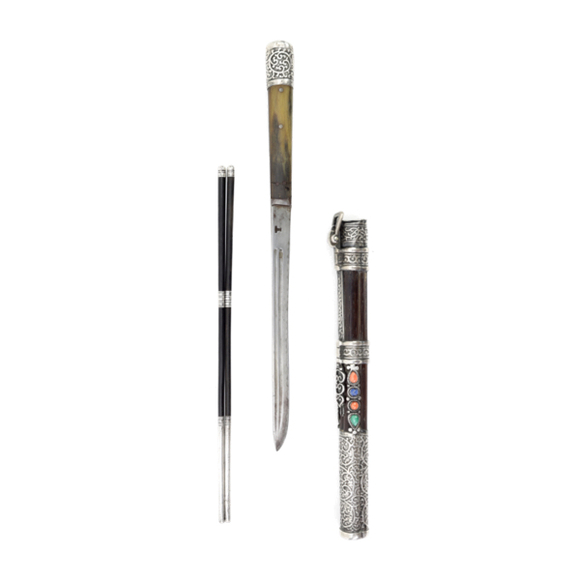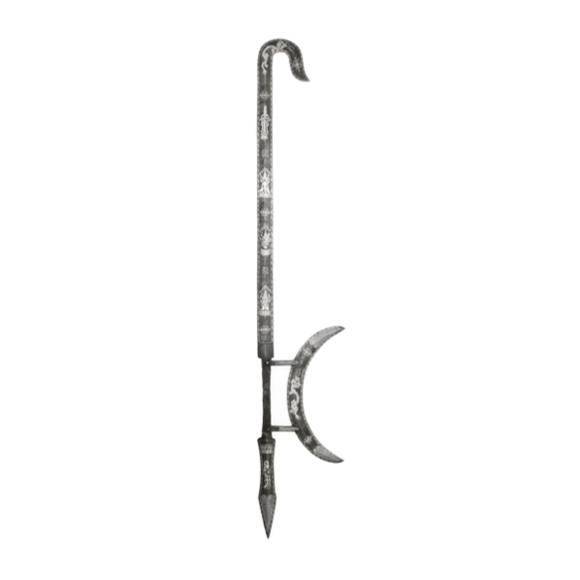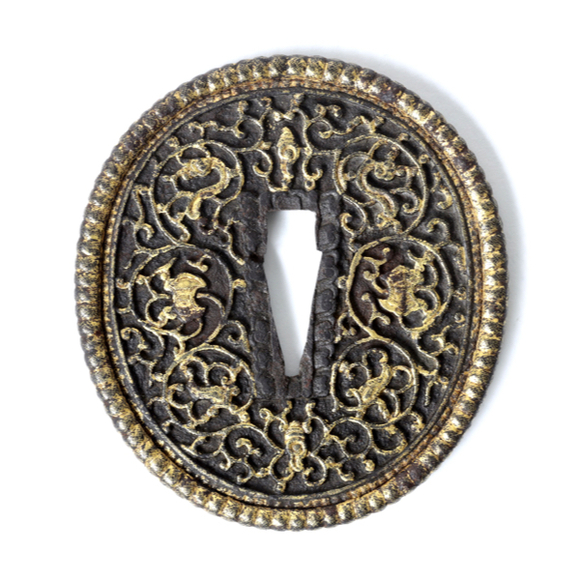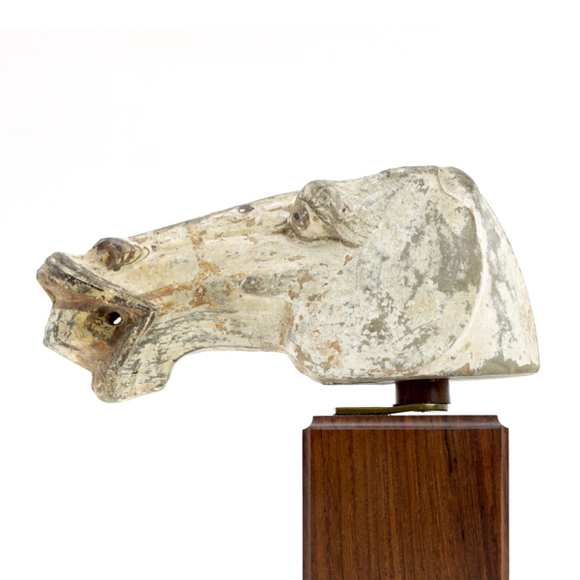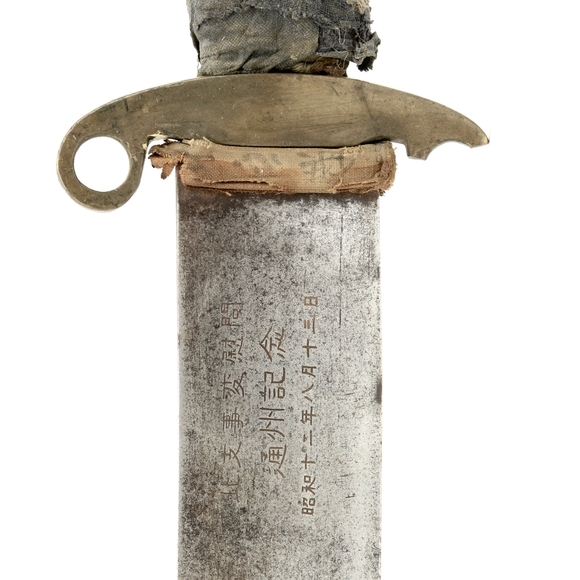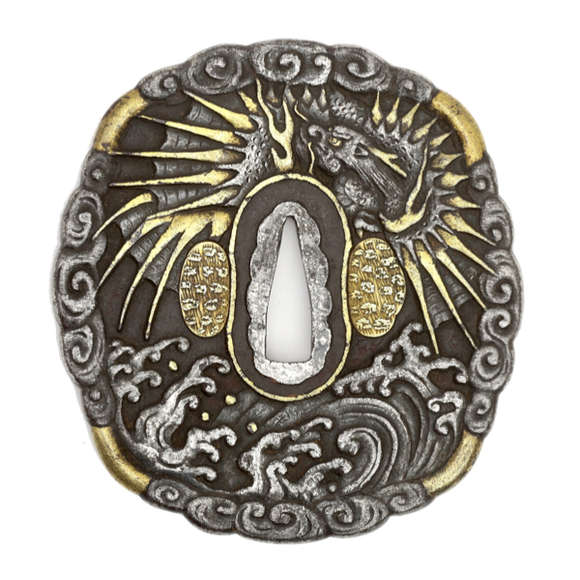Language: Mandarin Chinese
Source: Classical literature
Kǎndāo (砍刀) literally means "chopping knife" or "chopping saber".
Ming (1368-1644)
The first mention of the term I have found is from the Romance of the Three Kingdoms where it appears as (大砍刀) or "great chopping knife.1 We do not know what it looked like.
Qing (1644-1912)
The term appears in military regulations of the Qing dynasty of the Qianlong and Jiaqing periods as being issued to troops of the Green Standard Army of Zhili and Jiangxi provinces. Unfortunately, no description of their purpose, size or appearance is given.2
Another text that covers the manufacture of military equipment lists a kǎnmùdāo (砍木刀) or "wood chopping knife" which from the description is clearly a tool and probably not related to the kǎndāo.3
Republican Period (1912-1949)
Finally, "Practice methods for cleaving saber techniques" by Yin Yuzhang (尹玉章) of 1933 describes what we would normally call a dàdāo (大刀) as a kǎndāo (砍刀):

Diagram of a kǎndāo (砍刀) or "cleaving saber" from
Practice methods for cleaving saber techniques" by Yin Yuzhang

A large Qing dynasty military sword that is the predecessor of the Republican dàdāo.
This is possibly the kǎndāo that earlier texts seem to mention.
Sold by Mandarin Mansion in 2018.
Notes
1. Sanguozhi Tongsu Yanyi (三國志通俗演義) or "The Romance of the Three Kingdoms". Attributed to Luo Guanzhong who lived somewhere between 1315 - 1400. The first official printed edition of the work was in 1522 with a preface date of 1494.
2. Qianlong and Jiaqing editions of the Qinding Junqi Zeli (欽定軍器則例).
3. Gongbu Junqi Zeli (工部軍器則例) of 1815.
4. Yin Yuzhang (尹玉章); "Practice methods for cleaving saber techniques", 1933. A translation by Paul Brennan.

